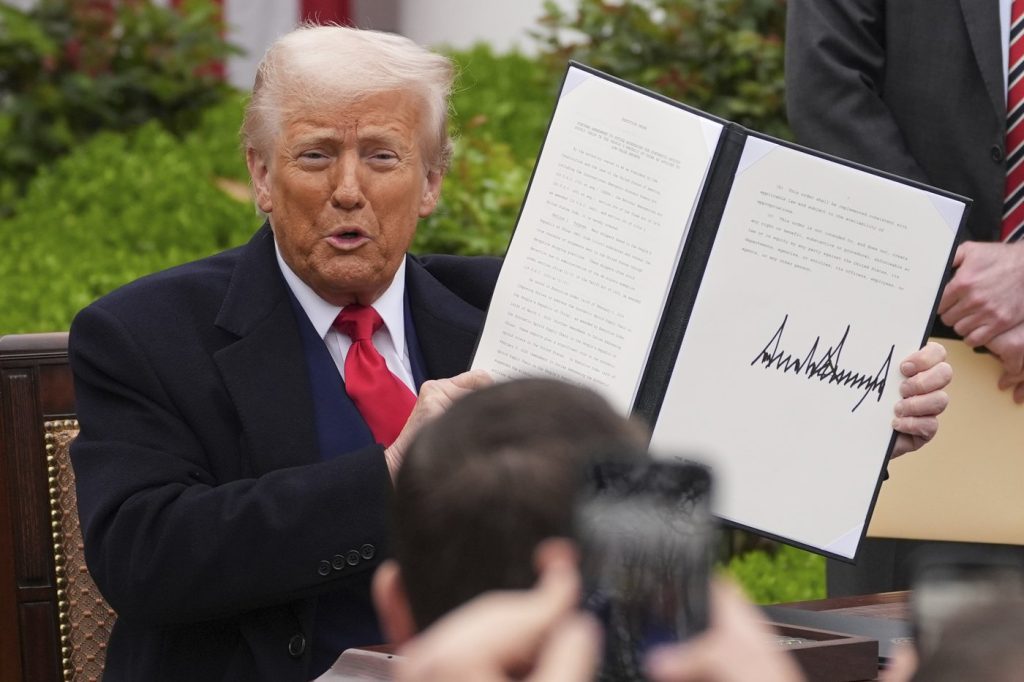In an impactful economic move, President Donald Trump is implementing steep new tariffs on essentially all trading partners of the United States. This decision has sent ripples through global financial markets and raised alarms over potential price increases for consumers, further fueling fears of escalating trade wars.
The new tariffs will enforce a 10% baseline tax on trading partners across the globe, with more significant levies targeted at major trading partners with which the U.S. has notable trade deficits. These countries include economic powerhouses such as China, the European Union, and Japan. The range and scope of these tariffs signify a significant shift in U.S. trade policy under the Trump administration, which has faced criticism and scrutiny regarding its economic approaches.
Initially, President Trump hinted that these tariffs could serve as a negotiating tool aimed at reducing taxes on U.S. exports. However, he later clarified his intentions, positioning the tariffs as a strategy to stimulate domestic manufacturing and increase federal revenues. This pivot in his rationale further emphasizes the administration's focus on protecting American industry from foreign competition, but it also reveals the risks associated with such defensive economic strategies.
The imposition of these tariffs has triggered immediate repercussions, unsettling global financial markets that rely on stable trade relations. Economists warn that the increased costs stemming from tariffs could lead to inflation, adversely affecting consumers as prices rise on imported goods. Additionally, there is apprehension about a potential slowdown in global economic growth due to the strain that heightened trade tensions could place on international commerce.
President Trump officially announced these tariff measures during an event in the Rose Garden of the White House on April 2, 2025. During this announcement, he signed an executive order that delineated the specifics of the new tariff framework. This moment marked a decisive point in his administration’s trade policy, reflective of a broader 'America First' agenda that seeks to prioritize U.S. economic interests over global trade agreements.
The tariffs have been met with mixed reactions domestically and internationally. While some supporters argue that these measures are necessary to bolster American manufacturing and create jobs, critics contend that they could lead to retaliatory tariffs from affected countries, potentially igniting a full-fledged trade war. Such conflicts can have dire consequences, including disruptions in supply chains that businesses depend upon and increased costs for consumers who might ultimately bear the burden of these economic policies.
As the situation unfolds, stakeholders from various sectors are closely monitoring the developments regarding U.S. tariffs and their broader implications. Businesses, consumers, and global markets are poised for shifts that may arise from the new trade landscape, which has been dramatically reshaped by President Trump’s latest moves. The potential for increased inflation, slowed growth, and retaliatory actions from trading partners raises critical questions about future economic stability.
Ultimately, the consequences of these tariffs will depend on various factors, including global responses and the administration's follow-up strategies. The economic landscape is set to evolve as these tariffs take effect, making it an essential topic for economic analysts and constituents alike.










